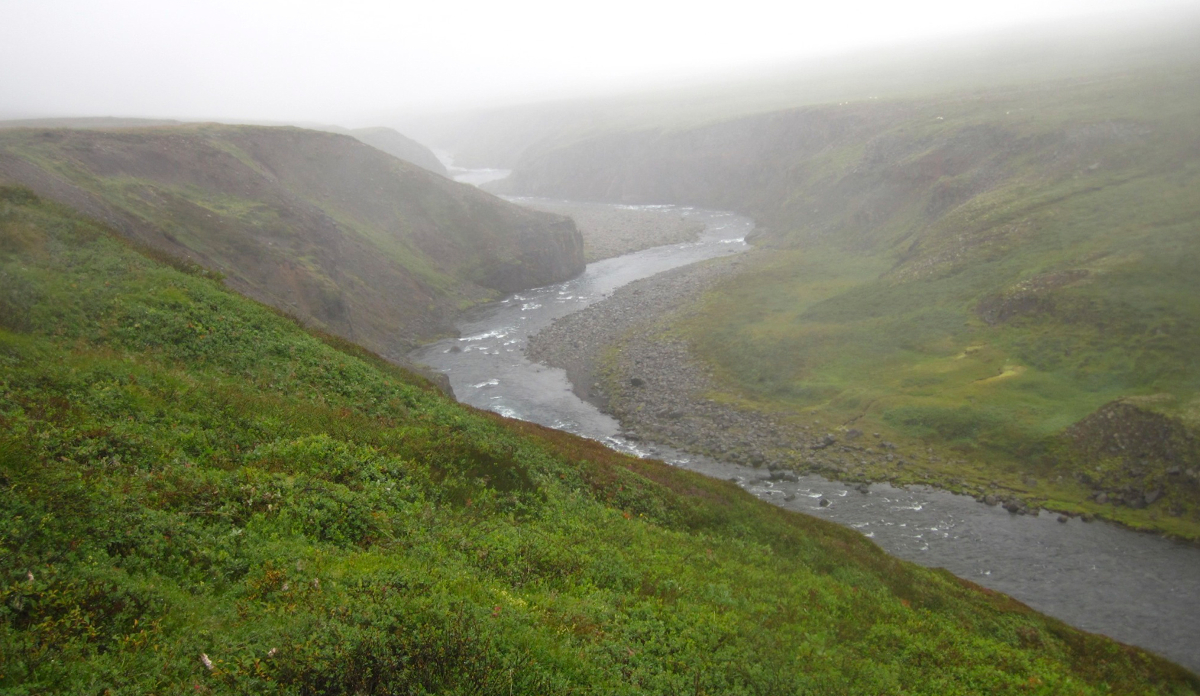Climate research in CEDREN

Photo: Knut Alfredsen / NTNU.
Developing management-oriented models of the effects of climate change on hydropower and water resources has become one of CEDREN’s specialities.
Renewable energy is an important part of the solution to the global climate challenges facing us, but at the same time, it also poses some environmental challenges. Hence, it is important to base the gradual replacement of fossil fuels on environmental design in order to tackle this double challenge. In this respect, all of CEDREN’s efforts can be related to climate, but we also work directly on the effects of, and adaptations to, climate change.
From major global climate scenarios to local effects on rivers and reservoirs
CEDREN is working on the development of models that are relevant to the electricity generation sector and the management authorities. The major global climate models provide future scenarios for changes in temperature, precipitation and occurrence of extreme weather events. What do these scenarios mean in concrete terms for the salmon or for ice formation in a given regulated river? Moreover, how will this influence how hydropower stations are operated in the future?
In the EnviDORR project, we have used downscaled climate scenarios to examine how the changes will affect salmon fry in the River Mandal. Linking future precipitation scenarios with hydrological models that can simulate run-off, gives us a water supply time series that we can use as input to a regulation model that takes all the power plants, reservoirs and operational strategies in the river system into account. This in turn enables us to determine how much water is available at a minimum flow stretch of a river at a given point in time, and further use this information in a biological model to reveal the effects on salmon. The purpose is not merely to predict the effects of climate change, but also to test how the utility companies can optimise their operations with respect to both electricity generation and salmon in a changing climate.
The same procedure is being used in other CEDREN projects, for example in order to estimate how much water that will be available for electricity generation under various scenarios, or to predict icing in regulated rivers and reservoirs under future climatic conditions, as we have done in our HydroPEAK project. This will provide hydropower companies with useful information as they must adapt to a new climatic regime.
Using downscaled climate scenarios in order to create management-relevant models, has become a speciality of CEDREN, and our TOOLS project is currently developing modelling tools that will simplify the task of analysing the effects of climate on hydropower and water resources.
Some more glimpses of climate-related research from CEDREN researchers:
- Extreme conditions and what more precipitation and heavier flooding could mean for infrastructure, riverbeds, sediments and erosion
- Climatic effects on the use of hydropower reservoirs in the future
- Climate change and dam safety
- The capacity of Oslo’s water resources to supply a growing population under various scenarios
- Comparison of the energy efficiencies of various methods of electricity generation in Norway
- Cause-effect relationships that relate water temperature to biological effects
CEDREN researchers have also contributed to several international climate-relevant reports and working groups, including:
- The “IPCC Special Report on Renewable Energy Sources and Climate Change Mitigation’
- The summary report on ‘Snow Water, Ice, and Permafrost in the Arctic (SWIPA)’, via the Arctic Council’s Arctic Monitoring and Assessment Programme (AMAP)
- The Working Group on Climatic Effects on Ice in Lakes and Rivers in The Nordic Centre of Excellence – Cryosphere Atmosphere Interactions in a Changing Arctic Climate.